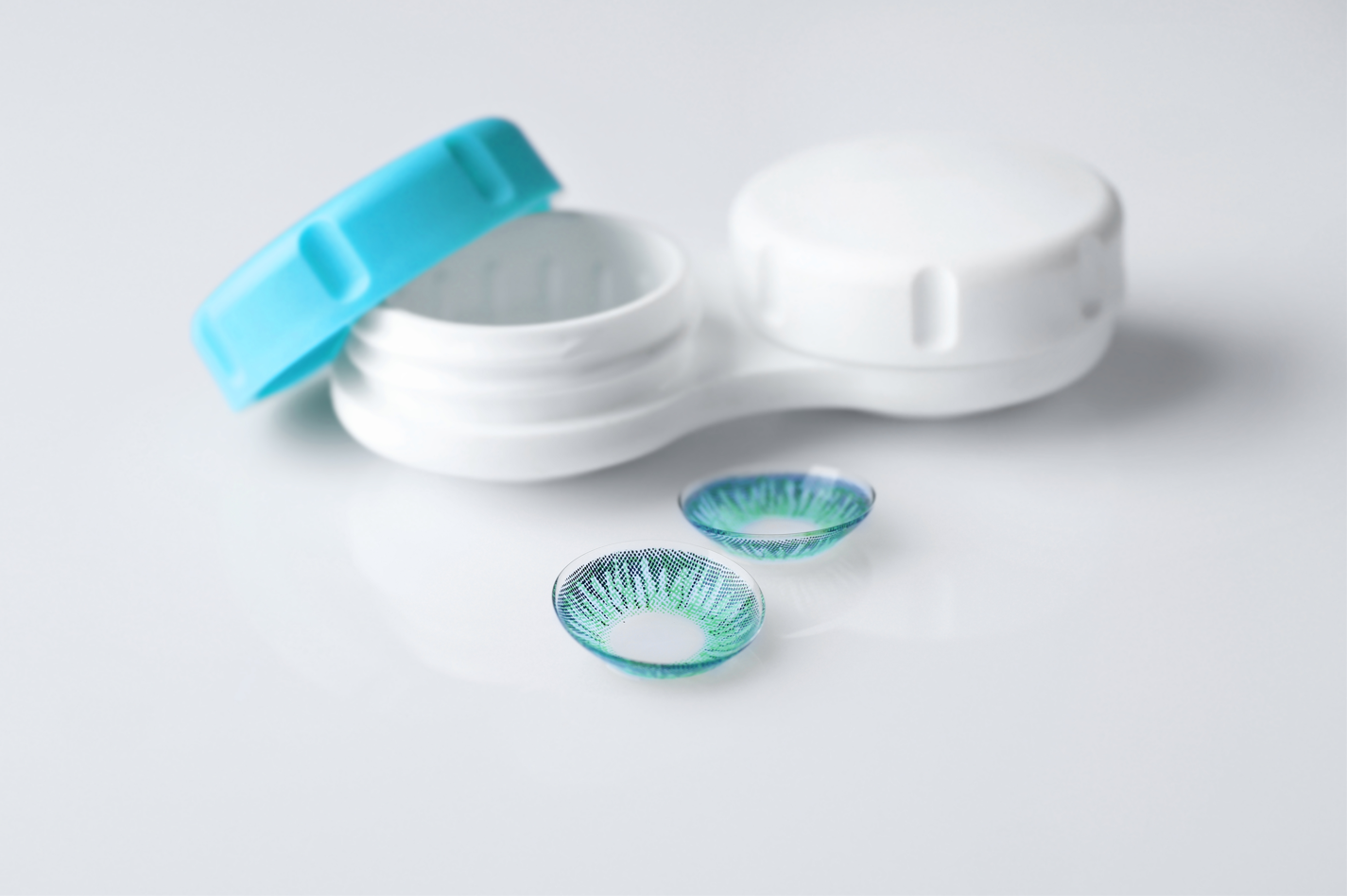
Every pair of eyes is unique, much like fingerprints. Even slight variations in curvature, moisture levels, and prescription requirements mean that no single contact lens solution fits everyone. To improve your vision effectively, it’s essential to understand your individual needs. Personalized contact lens solutions can address specific vision impairments, eye shapes, or sensitivities, providing clearer vision and enhanced comfort. It starts with a thorough eye examination by an eye care professional who can identify your specific requirements and recommend the best lens materials and solution formulas.
Types of Contact Lens Solutions
Contact lens solutions play a crucial role in maintaining the cleanliness and comfort of your lenses. Different types of solutions serve specific purposes, such as cleaning, disinfecting, rinsing, and storing contact lenses. Multipurpose solutions are popular due to their convenience, performing several functions in one bottle, which includes cleaning, rinsing, and storing. On the other hand, hydrogen peroxide solutions offer a deeper clean through oxidation, effectively removing protein deposits and other debris but require a neutralization step before lenses can be worn. Saline solutions are primarily used for rinsing and storing after cleaning with another product, particularly for those with sensitive eyes or allergies.
Addressing Sensitive Eyes
For individuals with sensitive eyes, choosing the right contact lens solution is imperative for preventing irritation or discomfort. Solutions labeled as “for sensitive eyes” often exclude preservatives that can cause reactions in some users. Furthermore, daily disposable contact lenses can be an excellent option for those with sensitive eyes as they minimize exposure to cleaning solutions. Regular consultations with eye care professionals like those who work at Calvert Ophthalmology Center will ensure that your contact lens usage is aligned with the health of your eyes and that any discomfort is addressed promptly and effectively.
The Principles of Proper Care
Maintaining the health of your eyes and the quality of your vision through contact lenses depends significantly on the care you provide to your lenses. This involves adhering to a consistent cleaning routine to eliminate any buildup of proteins or bacteria and wash off potential irritants. It is crucial to follow the advice of your eye care provider regarding the frequency of lens replacement and solution usage. Keep in mind that using expired or inappropriate solutions can lead to eye infections or discomfort. Cleanliness extends beyond the lenses; clean hands are essential when handling lenses to prevent the transfer of dirt and microorganisms.
Advances in Contact Lens Technology
The contact lens industry is continuously innovating to meet the diverse needs of wearers. Recent technological advancements have led to the development of lenses with advanced permeability, allowing greater oxygen flow to the eyes for increased comfort. There are also specialized lenses for digital eye strain designed to reduce the effects of extended screen time. These advancements mean that even those with complex prescriptions or specific lifestyle needs can find lenses that suit them perfectly. In the future, we can expect further innovations, potentially including smart lenses capable of monitoring health indicators.
Conclusion: A Personalized Approach
Finding the right contact lens solution is an individual journey, reflecting the unique nature of each person’s eyes. By understanding your specific needs, investing in the proper solutions, and keeping informed about the latest developments, you can achieve better vision and comfort. Consulting with eye care professionals regularly ensures that your lens experience is optimized, adapting to any changes in vision or needs over time. Remember, clear vision is not just about seeing better—it’s about seeing comfortably and healthily over a lifetime.


